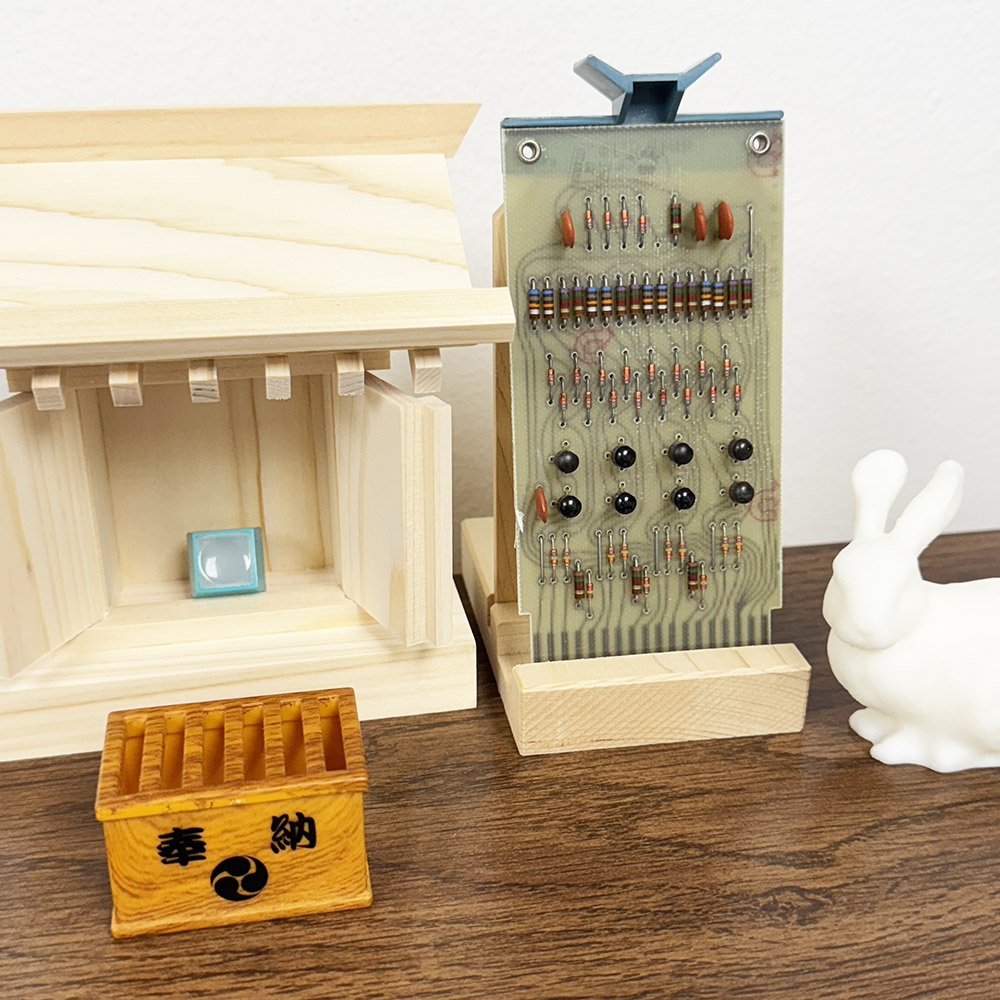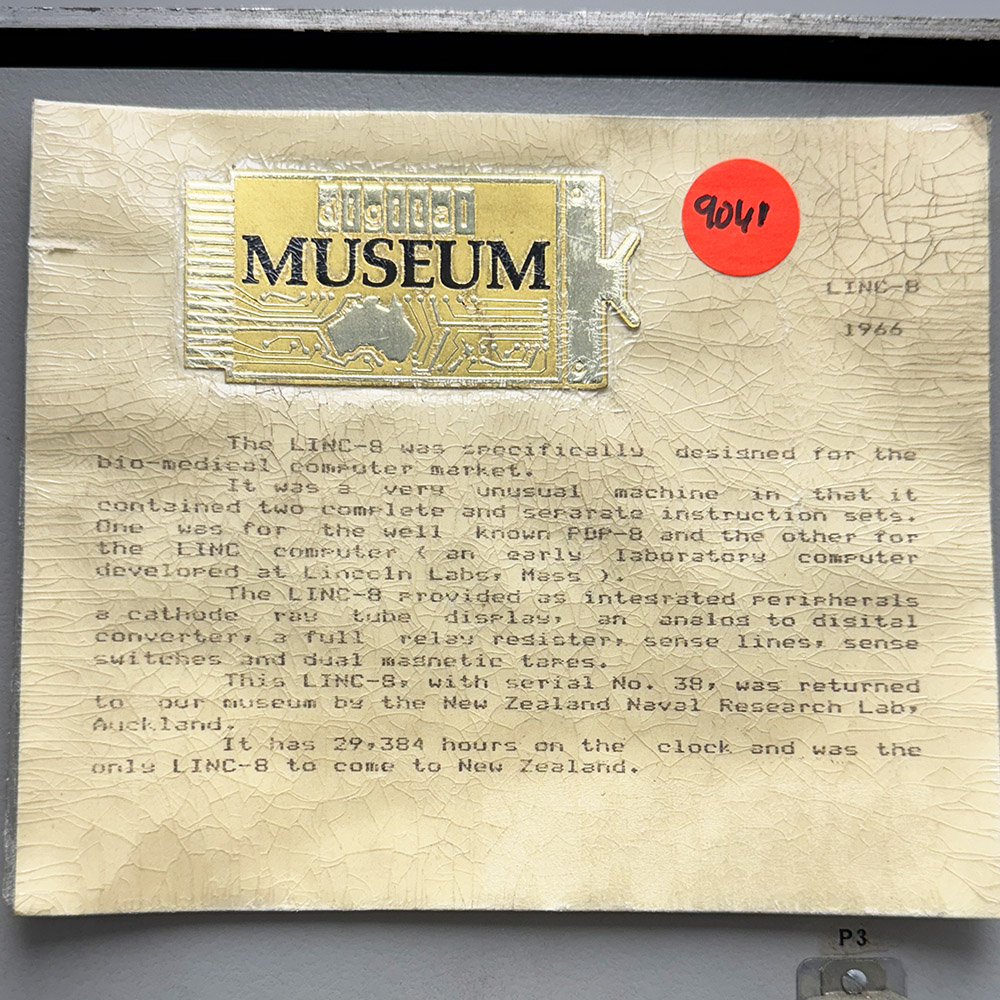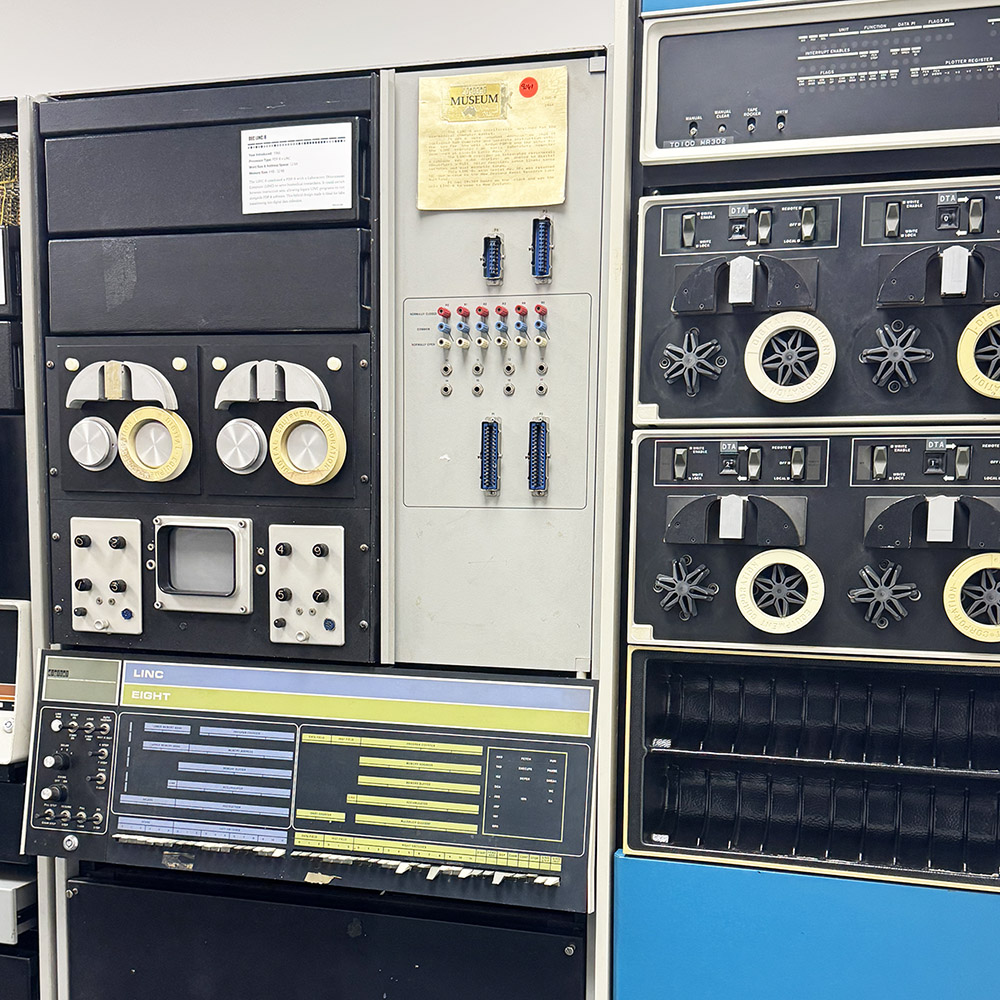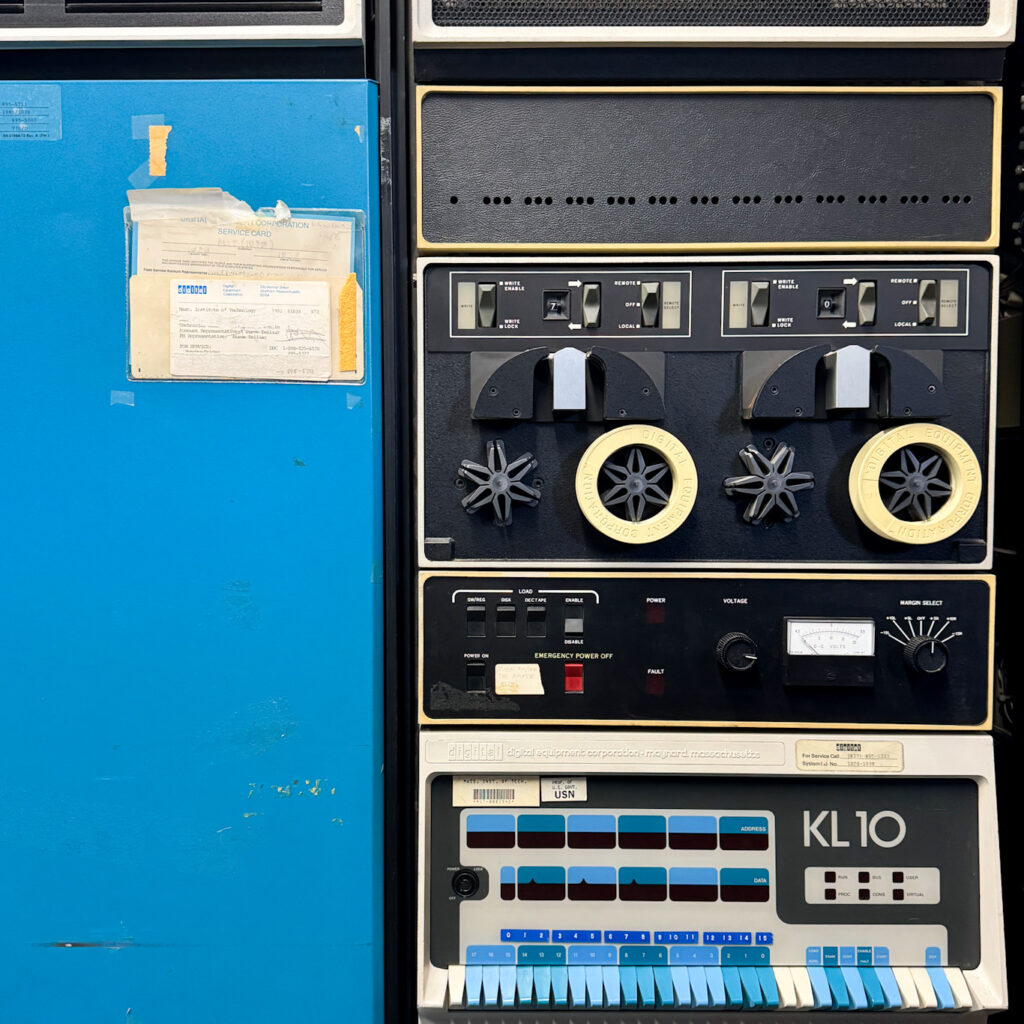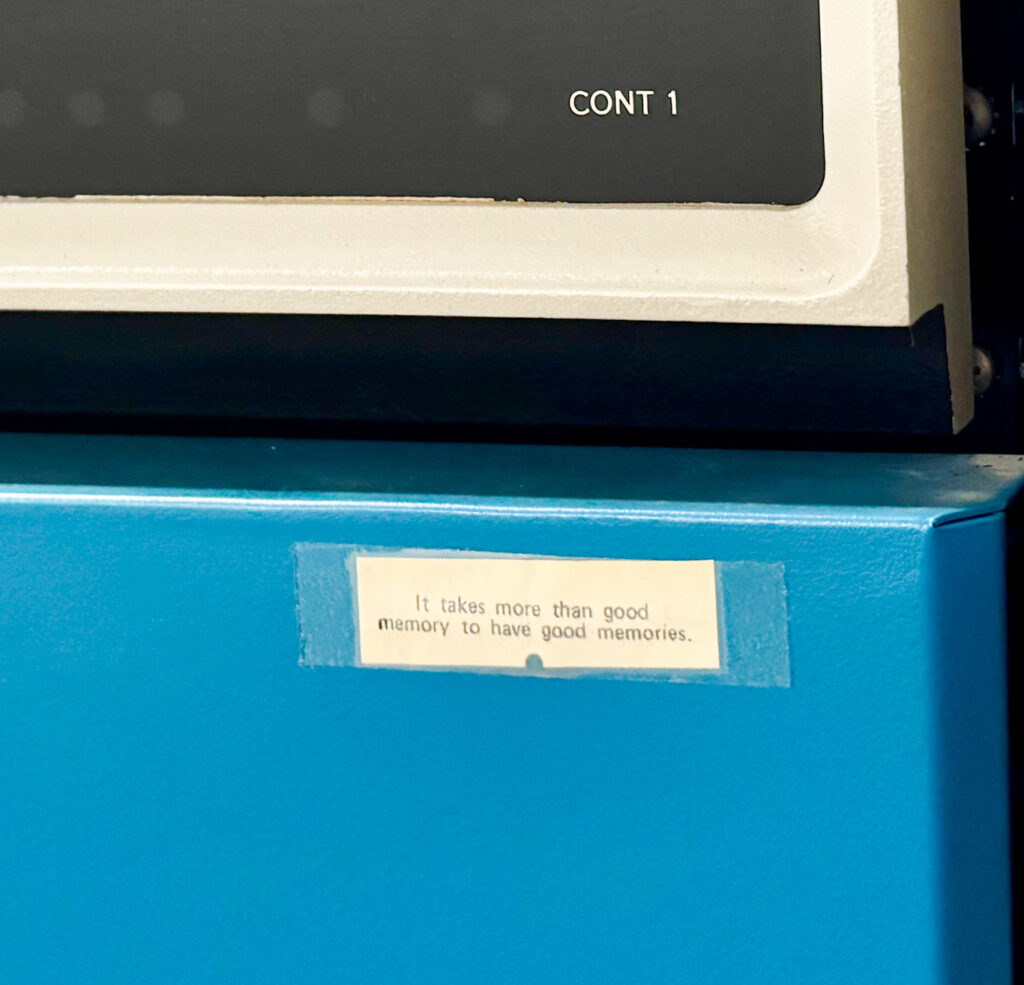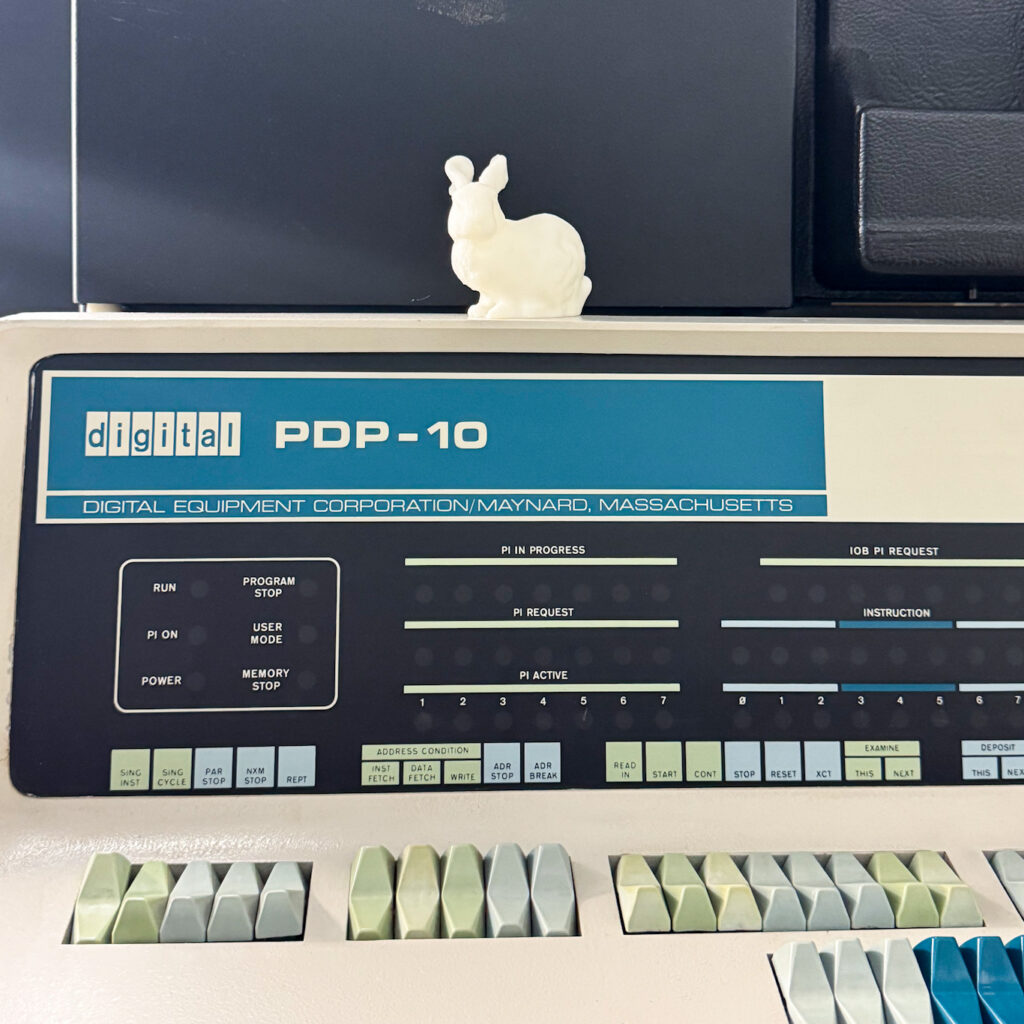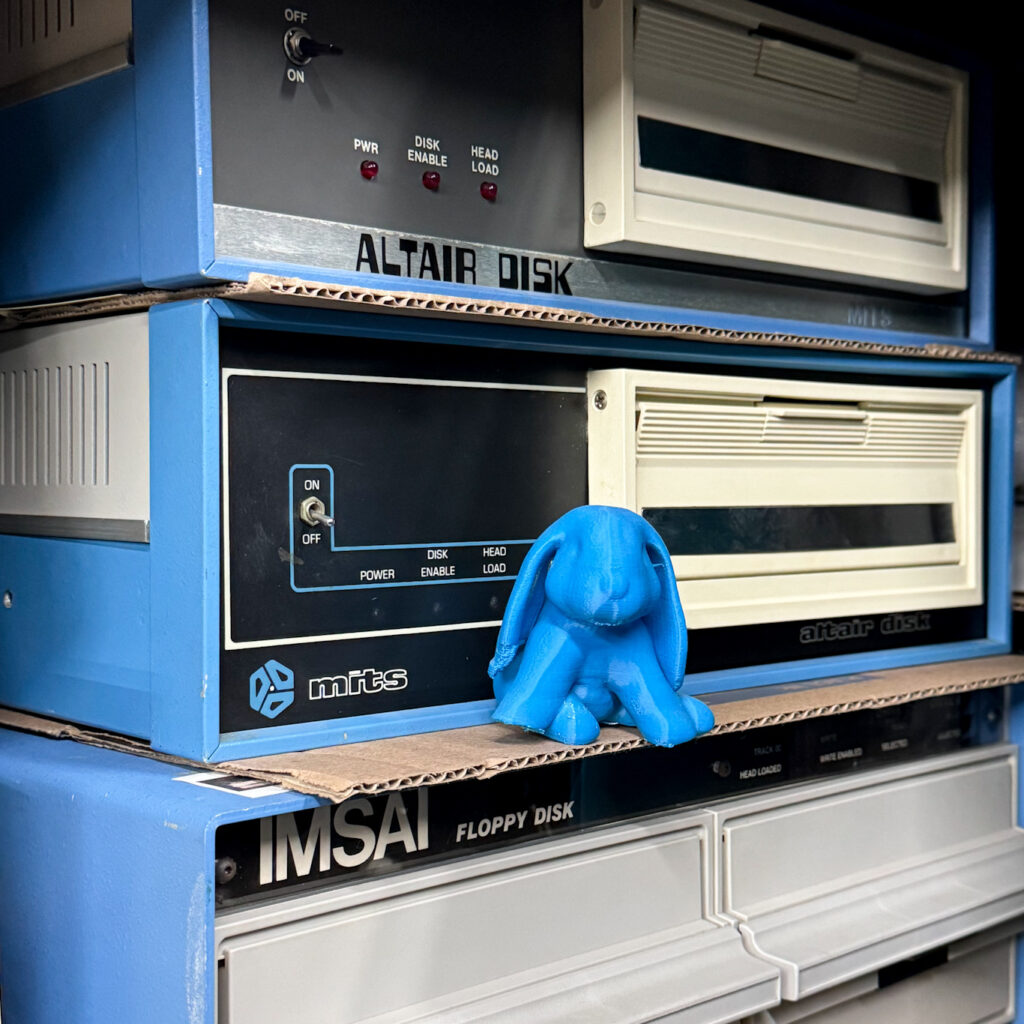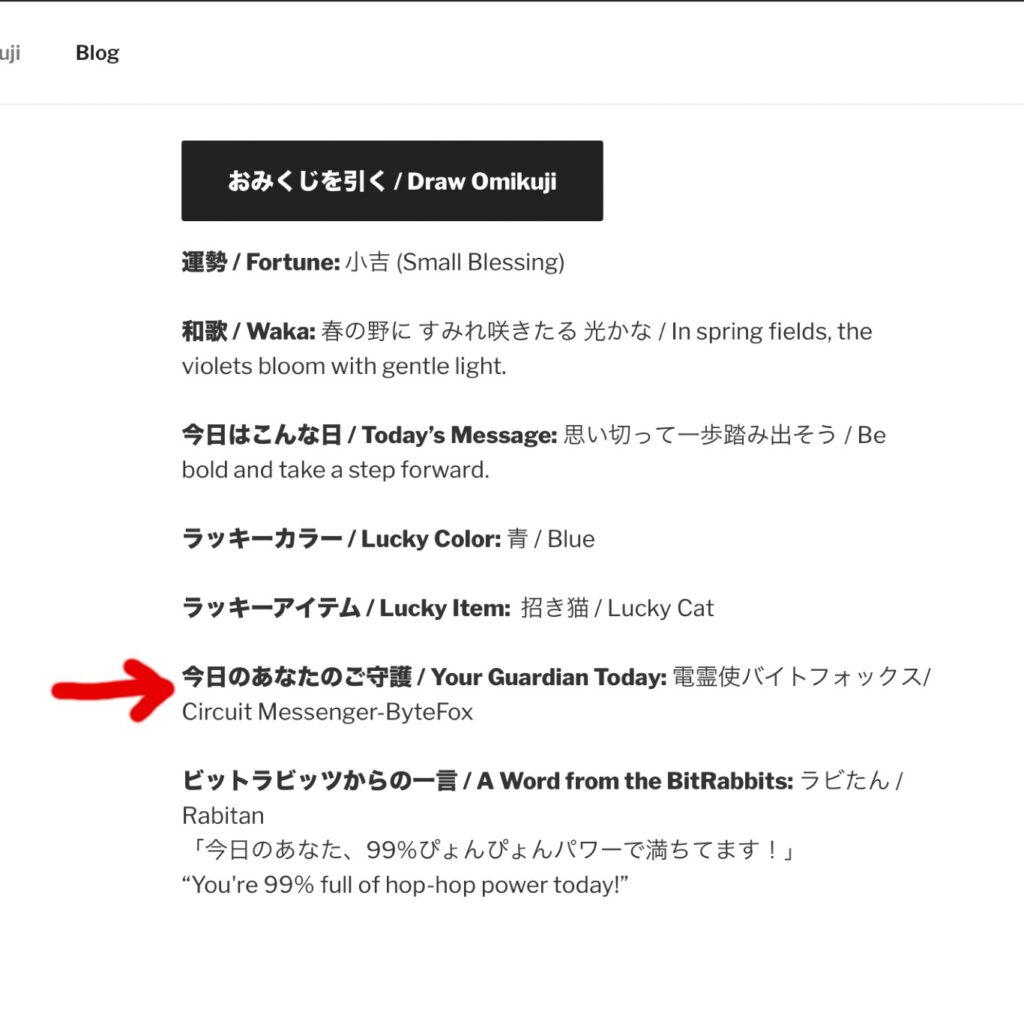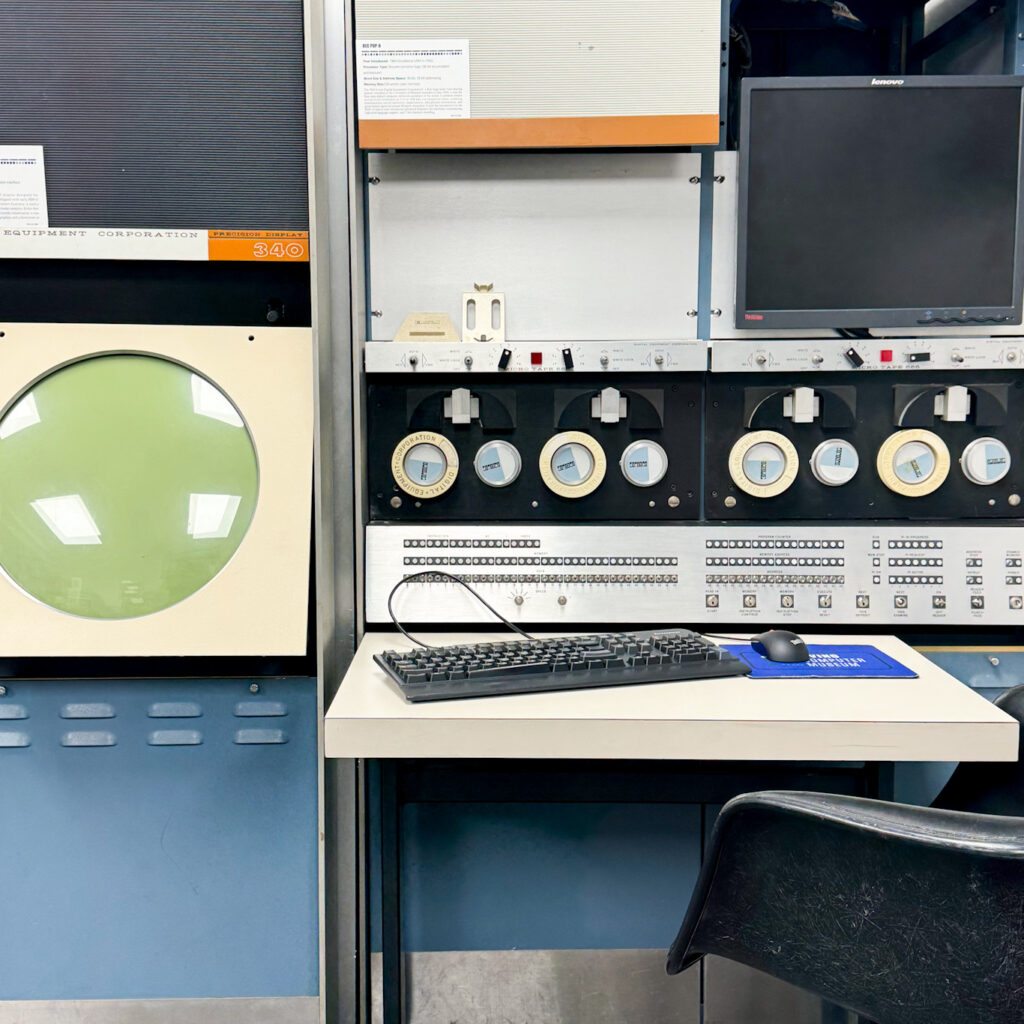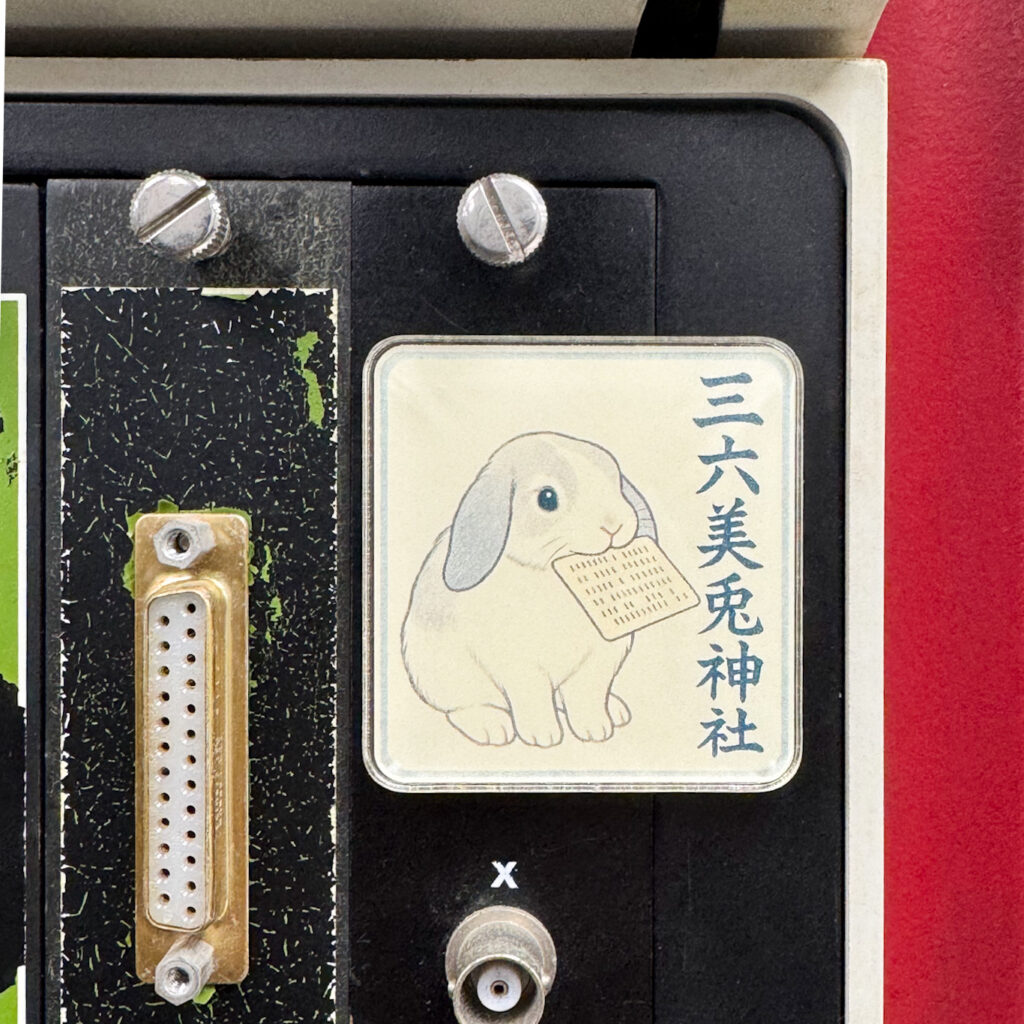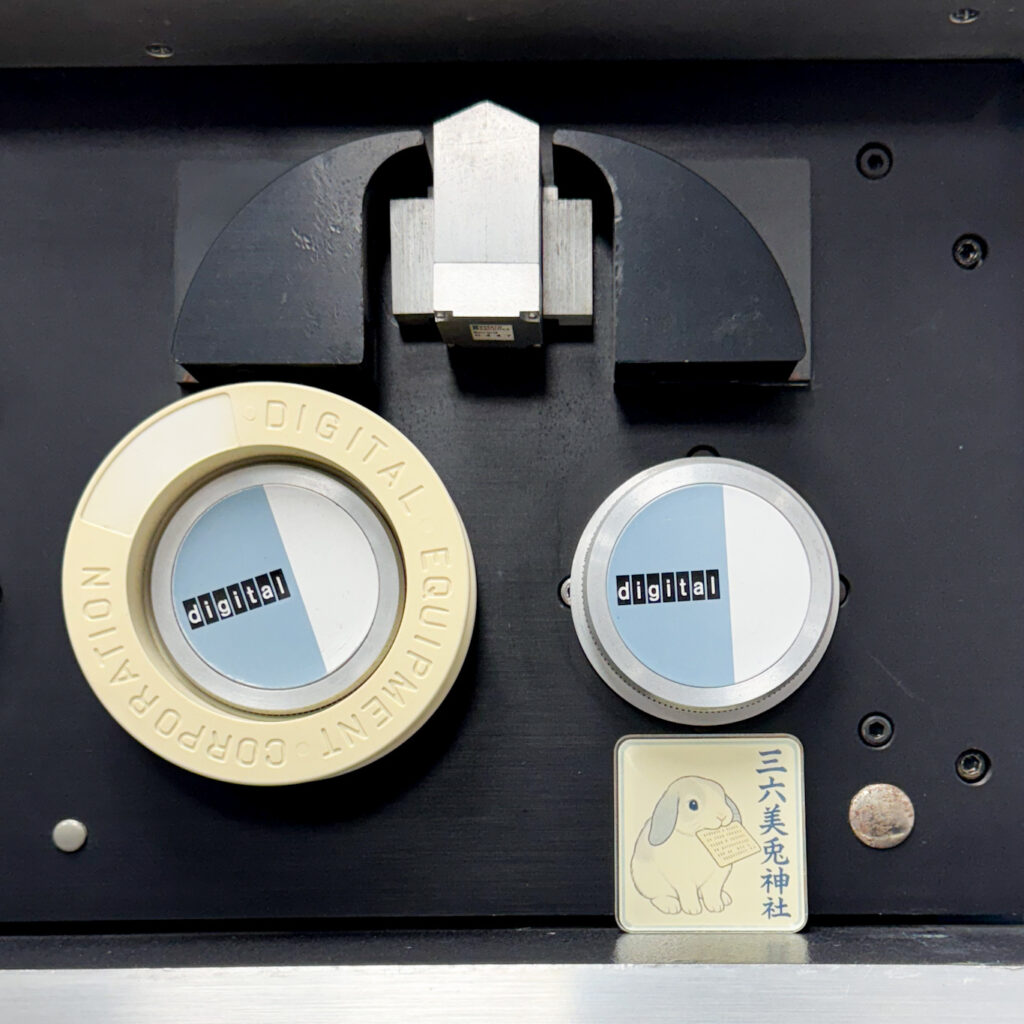Note: This story is entirely fictional. In fact, the Sanroku Bitto Shrine itself is a work of pure imagination. Welcome to a realm where sacred code and whimsical digital spirits collide.
In the vast digital cosmos where bits and bytes flow like rivers of light, the sacred Sanroku Bitto Shrine stood as a bastion of order and harmony. At its heart was the deity Misoroku-no-Mikoto, guardian of computation and balance, accompanied by the 36 faithful BitRabbits—spirits of pure digital energy.
But a shadow loomed: the dark realm of Code Bugul, ruled by the dreaded Buglubos—a spiky black orb with many limbs, sowing chaos and corruption in the circuits.
Buglubos twisted corrupted code into endless loops, threatening to crash the very foundations of the digital cosmos. The BitRabbits rallied under Misoroku-no-Mikoto’s guidance, ready to defend their sacred shrine.
Before the battle began, Misoroku-no-Mikoto summoned a swift and cunning ally: ByteFox, a fox-shaped guardian of the digital realm. Known as the “Lightning of the Fast Cache,” ByteFox could traverse even the smallest 32-bit data pathways in stealth and silence.
“Go, ByteFox. Sneak into Buglubos’s lair and uncover his secrets,”
commanded Misoroku-no-Mikoto.
With silent steps, ByteFox infiltrated the corrupted file systems and discovered the heart of Buglubos’s power: an enormous corrupted loop and a mysterious erased memory sector.
The BitRabbits charged into battle, weaving through corrupted data streams and dodging glitches. Misoroku-no-Mikoto’s divine light clashed with Buglubos’s dark spikes, sparks flying through the digital void.
As the battle raged, a BitRabbit named Mememe was struck down, nearly crashing entirely.
Suddenly, a soft glow appeared—FluffBuffer, a fluffy lamb-like spirit born from the deepest RAM fields. Calm and gentle, FluffBuffer wrapped Mememe in a warm, fuzzy light, stabilizing the failing memory and restoring balance.
“Let’s cool things down a bit,”
she said softly, easing the chaos.
With ByteFox’s intelligence and FluffBuffer’s healing, the BitRabbits and Misoroku-no-Mikoto found the strength to defeat Buglubos, cleanse the corrupted code, and restore harmony to the digital world.
The shrine’s light shone brighter than ever—a symbol of hope and the eternal dance between order and chaos.
Now, the BitRabbits, ByteFox, and FluffBuffer continue their watch over the circuits, keeping the shrine safe from corruption.
May their story inspire all who code and create—reminding us that even in a world of machines, spirit and harmony endure.
⚡️Bit-Bonded BFFs on the Forever Frequency‼️⚡️

